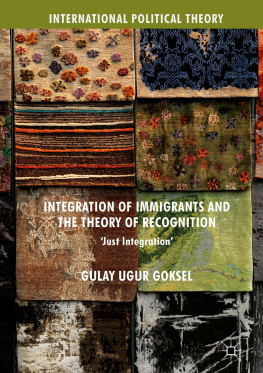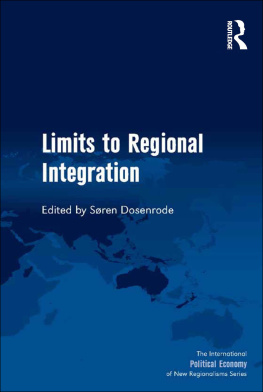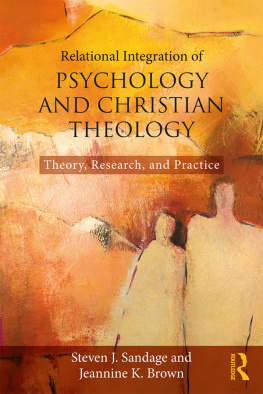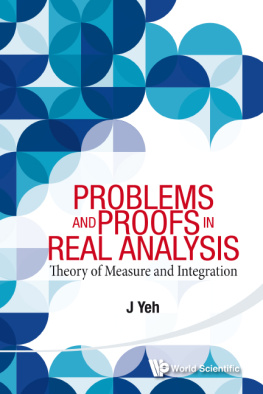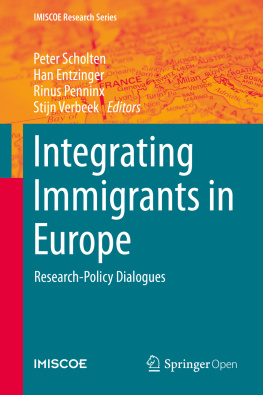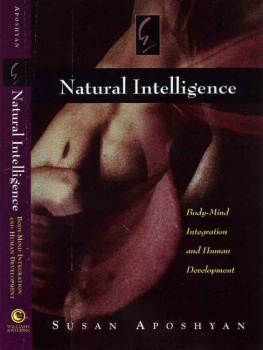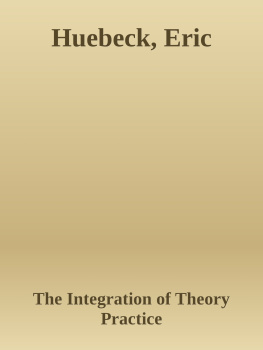For the last two decades, the trends of globalization namely, economic liberalization, the demand for cheap labor, and the advancements in communication and transportation have improved human mobility remarkably. There is an exponential increase in number of people who live outside of their place of birth. Today, the total number of international migrants has reached 244 million which is 41% increase since 2000 (Total Migrant Stock , p. 4). Thus the market-oriented approach to immigration policies will likely welcome more immigrants in the future.
However, in addition to bringing tangible economic benefits, international migration has also increased ethnic and racial diversity. The liberalization of pre-immigration laws has reduced the legal obstacles to South-to-North and East-to-West migration . Moreover, the greater ease of transportation as well as increased awareness about opportunities abroad and political conflict in some areas of the world have led the way to increased levels of international migration flow (Reitz et al. ).
In general, the majority of the immigrant population in Western countries can be identified as ethnically and racially different from host country nationals. For some, this ethnic and racial diversity has raised serious concerns about the national security, identity, and social cohesion of the host societies. The rise of insurgent parties in the 2014 European parliamentary election echoed these anxieties. European far-right parties politicize immigration as a threat to European identity and national security. These parties generally give assurance to their voters that they will significantly lower incoming immigration flows and implement assimilationist policies to preserve European liberal culture and national identity (Goksel ). This discourse of immigration as a threat to national security has been at the forefront, especially after 9/11 and the 2005 London metro bombings.
Ethnic diversity and cultural pluralism have been perceived as threats to Western liberal values in some policy and academic circles for several other reasons. First, the majority of immigrants do not look, speak, or in general live like nationals in the host society. There is an unwavering belief among some nationals that many immigrant cultural values are irreconcilable with the liberal values that Western societies identify with. This common opinion crystallizes when it comes to the issue of integration of Muslim immigrants in Western European countries. As well as creating anxieties over security, the Salman Rushdie and the Danish cartoon affair and numerous other terrorist attacks like the recent Orlando Nightclub and Charlie Hebdo shootings hardened some Westerners belief that Muslim cultural values can clash with liberal rights such as freedom of expression and pose a major threat to and eventually preclude Western value structure. The common perception is that these immigrant groups, because of their different culture, will never integrate into the host societies, instead constituting a marginalized and perhaps violent minority that could breed hatred for Western liberal values.
In addition to concerns over national security and illiberal cultures of immigrants, debates over immigration have also revolved around the issue of the future of national identity in the face of cultural and ethnic diversity. While host countries expect their immigrants to adapt to the host culture in time, they have also come to recognize that adaptation is not a one-way street, but requires the host society to change as well. As the numbers and concentration (and hence the visibility) of ethnic immigrants increases, the perceived threat to national identity and social cohesion of the host society also increases. The connection between national identity and social cohesion can be explained in terms of the Western interpretation of citizenship based on national identity and commonality as the foundation of democracy (Bloemraad et al. ).
These concerns are the foundation of the dominant discourse towards immigrants in the host countries. The enemies of national security live within the society. Universally valued liberal rights are in danger. The binding force of the nation is diminishing. Statements like these are embedded in the dominant discourse and lead Western societies to be extremely alarmed by the very existence of their immigrant populations. The term integration has come to the forefront as a prominent answer to these concerns. Hence the integration of immigrants from different ethnic and religious backgrounds has become a central issue for both policy makers and academics in Western democracies.
Integration as a Solution
Integration is a very hard concept to define. For example, Banton ().
When we look at the discourse of these post-immigration policies, we can conclude that even though the term integration has been used in different ways, it still connotes social cohesion , the unification of a diverse population through the construction of a common identity, and structuring a common ground of institutions and services for civic engagement of diverse communities (Qadeer ).
On the one hand, assimilationists have argued that immigrants can only integrate into the host society and become full members if they leave their ethno-cultural identities behind and identify as nationals of the host country. On the other hand, multiculturalists assume that the integration of immigrants can solely be possible through respecting and tolerating the ethno-cultural identities of immigrants. Only in this way can immigrants embrace a common identity with the nationals and become full members of the host society. The assimilation and multiculturalism debate is an ongoing one within literature and policy circles. Below, I will give a brief historical background to circumscribe the flux that the notion of integration has undergone between these two opposite strategies. This analysis will reveal how the term integration has been rhetorically employed to respond the public concerns over stability and security.
Historical Background
Historically, in host countries, both state institutions and some sections of society had perceived immigrants as undesirable, but also as an economic necessity. Until the 1960s, the policy of Anglo-conformity was the model for the management of immigration in the United States, Canada, and Australia. These countries simply demanded that their immigrants assimilate into the host culture (Kymlicka , p. 14). The expectation was that, after residing in the country for a long period of time, immigrants would automatically internalize the host societys culture and values. In this sense, integration was understood as assimilation.
To illustrate, Castles and Davidson (, p. 103).
Nevertheless, during the 1970s, under pressure from immigrant groups, all three countries [the United States, Canada and Australia] rejected assimilationist models and adapted a more tolerant and pluralistic policy which allows and indeed encourages immigrants to maintain various aspects of their ethnic heritage (Kymlicka ).
Canada is exemplary among immigrant-receiving countries in embracing multicultural policies as an integration strategy. Historically, Canada has responded to the separatist movement in Qubec and the demands of its ethnic minorities by embracing multiculturalism. In 1971, Prime Minister Trudeau declared Canada as a bilingual and multicultural nation which shall provide fairer conditions and institutions for the acceptance and recognition of ethno-cultural minorities. For this purpose, Canadian state has assumed the duties to promote acceptance of differences, to support ethnic organizations, to make use of ethnic press as a standard part of government communication and to encourage institutions and organizations to explore areas of common concerns such as rights and racism (Heisler ).

